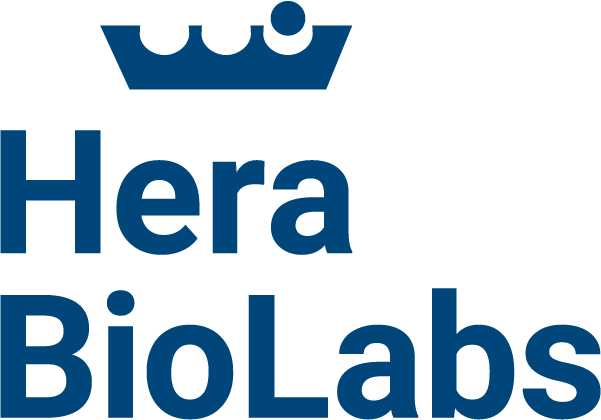Many drug discovery research organizations heavily depend on animal models, such as genetically engineered rodents, to facilitate their preclinical studies. With all the complex challenges of allocating adequate space and resources for an in-house vivarium capable of supporting studies end-to-end, it has become more prevalent for pharmaceutical and biotech companies to outsource parts of their studies – particularly animal breeding and colony management. Let’s review the benefits, and take a closer look into why companies tend to outsource their animal model work to preclinical Contract Research Organizations (CROs) like Hera BioLabs.
The Value of Outsourcing Animal Model Creation and Colony Management
Not only does creating transgenic rat and mouse models require a highly specialized skill set, but even breeding and colony management are complex endeavors to sustain in the long run. And like any significant project, success mostly depends on careful planning. The many uncertainties of working with biological systems, the complexity of genetically modified animal models, and an inherently limited breeding process necessitate disciplined, methodical, comprehensive planning – and a highly trained staff – to remain efficient downstream.

Model breeding frequently results in project delays, increasing budgets, excess manufacturing, and misalignment. The breeding phase can be considerably more expensive, with costs soaring from 4 to 10 times more than the initial design and creation of the knockout rat or mouse. The cost of the breeding phase depends on the scale, duration, and complexity of the project. As the majority of efforts are invested in downstream breeding to obtain a study cohort, meticulous planning involving all relevant parties at the outset can help optimize the project, make efficient use of resources, and safeguard the investment of model generation. This planning can also ensure that the colony is capable of scaling to meet the study’s needs if adjustments are necessary.
Investigators should expect that their CRO will take the initiative in creating a robust project plan, handle downstream management, and assign them to a seasoned project manager with extensive breeding experience.
Outsourcing Animal Model Services Reduces Resources Required from You
Animal model providers are driven to minimize animal usage in line with the industry’s commitment to higher standards, and likewise, research institutions are committed to using animals in preclinical research in an ethical manner. To minimize potential risks from both sides, research organizations should consider a customized breeding and colony management program that shares risks more transparently and equitably, promoting optimal resource allocation, and facilitating downstream success.

One of the most effective strategies for mitigating risks is to work with a CRO with a broad range of capabilities to allow for seamless transition from breeding founder animals, then to phenotyping, and then to running pilot studies and full studies. Having a CRO partner with capabilities beyond just gene editing and colony management can allow you to utilize all animals created in the most efficient way. This includes eliminating the planning, time, and risk associated with shipping animals.
Another means of reducing breeding costs and timelines is to utilize techniques to rapidly expand a colony. In vitro fertilization (IVF) is one such technique that can minimize the number of animals required to obtain a study cohort of the desired size, thereby reducing costs and preventing animal waste. This approach allows research organizations to obtain data more expeditiously, which in turn facilitates determination of the optimal path forward for the study. For commercial organizations, this can result in a faster time to market for a new therapeutic.
Many companies are reassessing the feasibility of maintaining an animal facility rather than partnering with a CRO due to rising costs and resource availability. Allocating or acquiring space in high-demand cities and research hubs make the large footprint of a vivarium less attractive as costs rise. Additionally; finding, training and retaining animal care expertise is a highly resource-intensive part of maintaining a successful animal welfare program. CROs are able to use space and personnel more efficiently, reducing overhead costs for partners that contract out studies.
Custom Animal Models Specifically for Your Preclinical Research
Research organizations and the animal model providers they collaborate with can maximize the use of the facilities and staff, shorten breeding timelines, prevent overproduction and animal waste, keep projects on budget, and ensure the best results to support preclinical studies through a shared commitment to best practices for animal model breeding and colony management.

Hera BioLabs is a full-service CRO, offering a broad range of in vivo studies in both mouse and rat models. From design to delivery, Hera creates tailored animal models for your pre-clinical research. Additionally, we can complete your in vivo efficacy tumor xenograft or PDX model study in our proprietary SRG OncoRat® or in your preferred mouse model of choice.
Schedule a call to learn more.
References:
- Couse, J., How an animal model provider can save your resources. Drug Discovery World (2021) https://www.ddw-online.com/how-an-animal-model-provider-can-serve- as-a-good-steward-of-your-resources-13708-202111/
